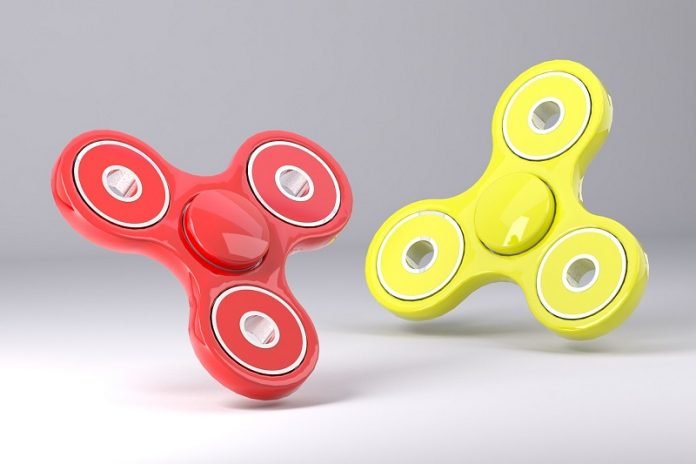
In a new study, researchers have identified a non-verbal, neural marker of autism.
This marker shows that individuals with autism are slower to dampen neural activity in response to visual signals in the brain.
This first-of-its-kind marker is independent of intelligence and can offer an objective way to potentially diagnose autism in the future.
The research was conducted by a team from Dartmouth College.
Autism is hard to screen for in children when the first signs are present.
A trained clinician may be able to detect autism at 18-months or even younger, but the average age of a diagnosis of autism in the U.S. is about four years old.
Doctors need objective, non-invasive screening tools that don’t depend on assessing a child’s behavior.
People with autism have long been thought to have differences in inhibiting the neural signals in the brain.
This is thought to underpin symptoms in autism, such as hypersensitivity to sensory input, which includes differences in processing visual information.
When the human brain is presented with two different images at the same time, the images rock back and forth in awareness, toggling between the left and right eye.
Previous research has shown that the autistic brain is slower in switching from one image to the next (also known as slower binocular rivalry) due to differences in inhibitory neural transmission in the brain.
In the autistic brain, the neurotransmitter, GABA, has difficulty filtering and regulating sensory signals, including, in this case, suppressing one of the images.
In the current study, the team used brain imaging to measure the slower rate of binocular rivalry in individuals with autism.
To obtain the neural data, they measured brain signals from single electroencephalography (EEG) electrode that was placed on a participant’s head, over the visual region of the brain.
Participants were presented with one of two visual images: red checkerboards in the left eye and green checkerboards in the right eye that flickered back and forth at different rates.
With the neural data, the team was able to accurately determine if participants had autism and predict the severity of autism symptoms, which were measured using traditional clinical assessments.
The neural data could be used to predict whether or not an individual had autism with 87% accuracy.
The findings were striking and tracked with clinical measures of autism.
The team says this result gives them new insight into the brain in autism, showing that visual regions of the brain are affected.
Their next steps are to learn whether this test could potentially be used to detect autism in pre-verbal children and non-verbal adults.
The team’s ultimate goal is to develop objective neural markers of autism that can work with non-verbal individuals.
The lead author of the study is Caroline Robertson, an assistant professor of psychological and brain sciences at Dartmouth.
The study is published in Current Biology.
Copyright © 2019 Knowridge Science Report. All rights reserved.



